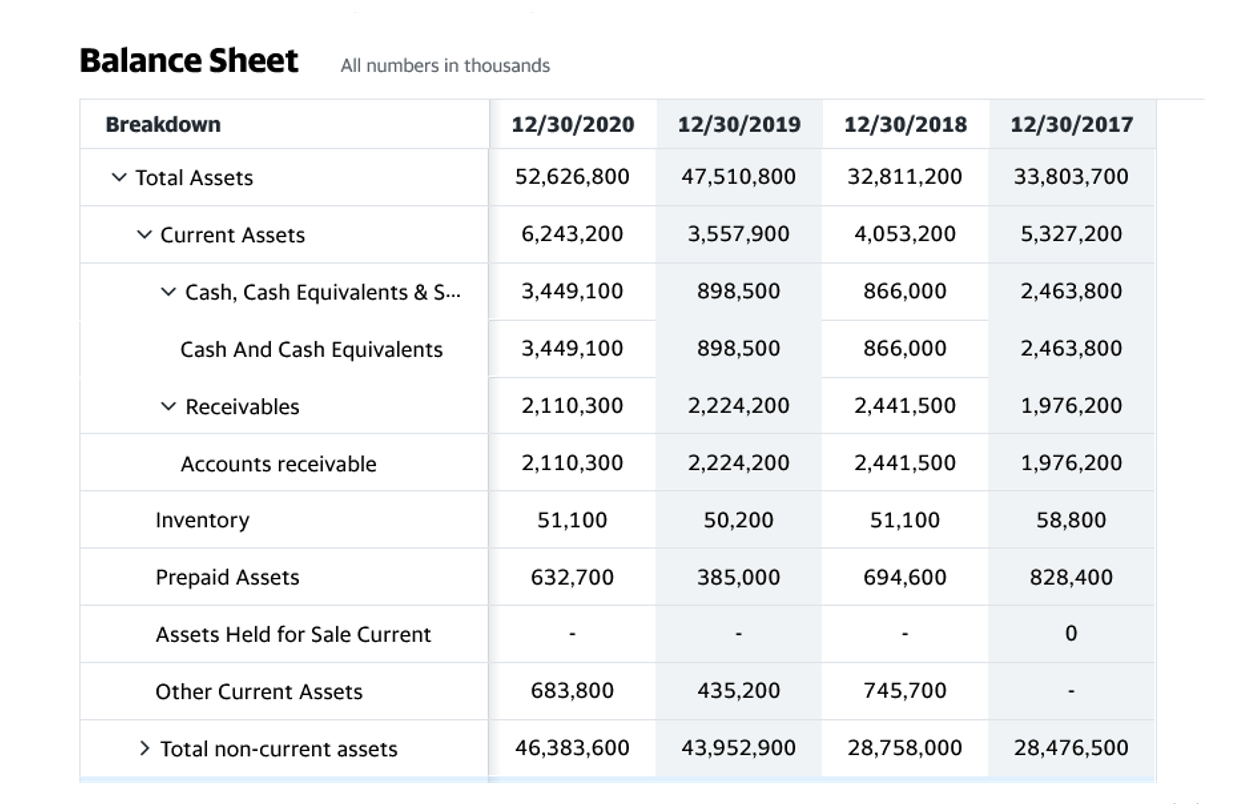
First, it can help businesses identify potential cash flow issues and take corrective action to avoid them. From Year 0 to Year 2, the company’s NWC reduced from $10 million to $6 million, reflecting less liquidity (and more credit risk). A company’s growth rate can affect its change in net working capital requirements. As the company grows, it may need to invest more in change in net working capital its working capital to support increased production or inventory levels, resulting in a higher net working capital requirement. Conversely, if a company is not growing, it may not need as much working capital and may experience a decrease in net working capital requirements.

Is working capital the same as liquidity?
- The working capital requirement formula focuses on the components that directly impact the company’s operating cycle — inventory, accounts receivable and accounts payable.
- Change in working capital is the change in the net working capital of the company from one accounting period to the next.
- Conversely, a company may experience a negative change in net working capital if it purchases inventory, pays bills, or extends credit terms to customers.
- In this perfect storm, the retailer doesn’t have the funds to replenish the inventory flying off the shelves because it hasn’t collected enough cash from customers.
- The overarching goal of working capital is to understand whether a company can cover all of these debts with the short-term assets it already has on hand.
- To calculate change in working capital, you first subtract the company’s current liabilities from the company’s current assets to get current working capital.
However, there are some costs involved in these hedging transactions, which could affect cash flow. Change in net working capital online bookkeeping refers to how a company’s net working capital fluctuates year-over-year. If your net working capital one year was $50,000 and the next year it was $75,000, you would have a positive net working capital change of $25,000. Changes in working capital are often used by investors and lenders to assess the health and value of a business.

How to Calculate Working Capital
Lenders and investors use a business’s working capital to assess a business’s financial stability. The suppliers, who haven’t yet been paid, are unwilling to provide additional credit or demand even less favorable terms. Companies with significant working capital considerations must carefully and actively manage working capital to avoid inefficiencies and possible liquidity problems. Therefore, the working capital peg is set based on the implied cash on hand required to run a business post-closing and projected as a percentage of revenue (or the sum of a fixed amount of cash).

What Is Change in Net Working Capital?

These are just a few examples of the many factors that can cause changes in working capital. By monitoring changes in working capital over time, companies can identify trends and take steps to improve their financial health. Secondly, businesses can identify areas where they may be holding excess inventory, carrying too much debt, or experiencing delays in payments from customers.
Net Working Capital and its Impact on Valuation
However, if working capital stays negative for an extended period, it can indicate that the company is struggling to make ends meet and may need to borrow money or take out a working capital loan. It doesn’t include liquid assets or show the whole picture of the business’s health and adaptability. To calculate working capital, you’ll need to project current assets and current liabilities for the next 12 months.
Free Financial Modeling Lessons

Positive working capital is a sign of financial strength; however, having an excessive amount of working capital for a long time might indicate that the company is not managing its assets effectively. Working capital represents the difference between a firm’s current assets and current liabilities. Working capital, also called net working capital, is the amount of money a company has available to pay its short-term expenses. As a business owner, it’s important to calculate working capital and changes in working capital from one accounting period to another to clearly assess your company’s operational efficiency. Lenders will often look at changes in working capital when assessing a company’s management style and operational efficiency. Change https://www.bookstime.com/ in working capital is the change in the net working capital of the company from one accounting period to the next.